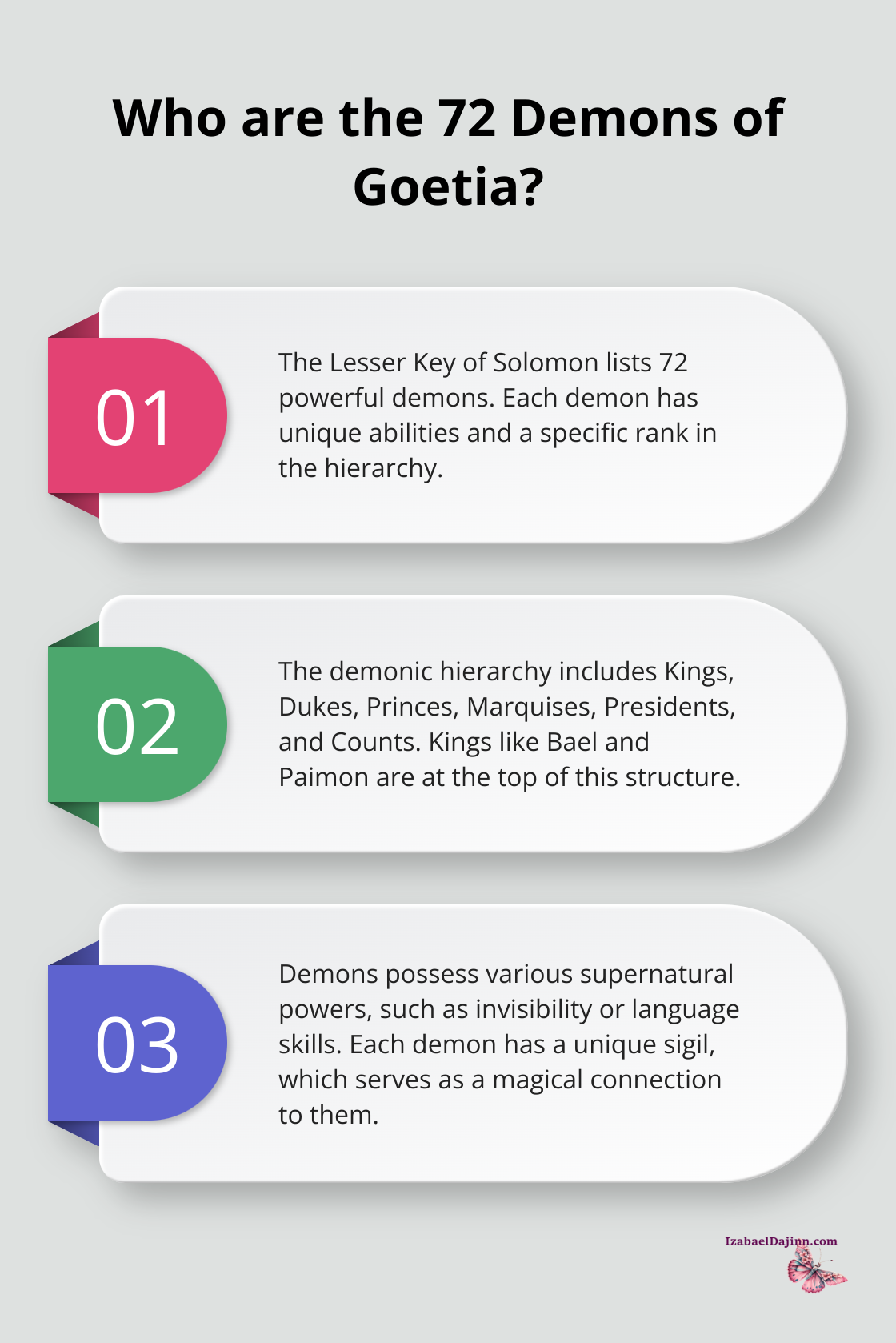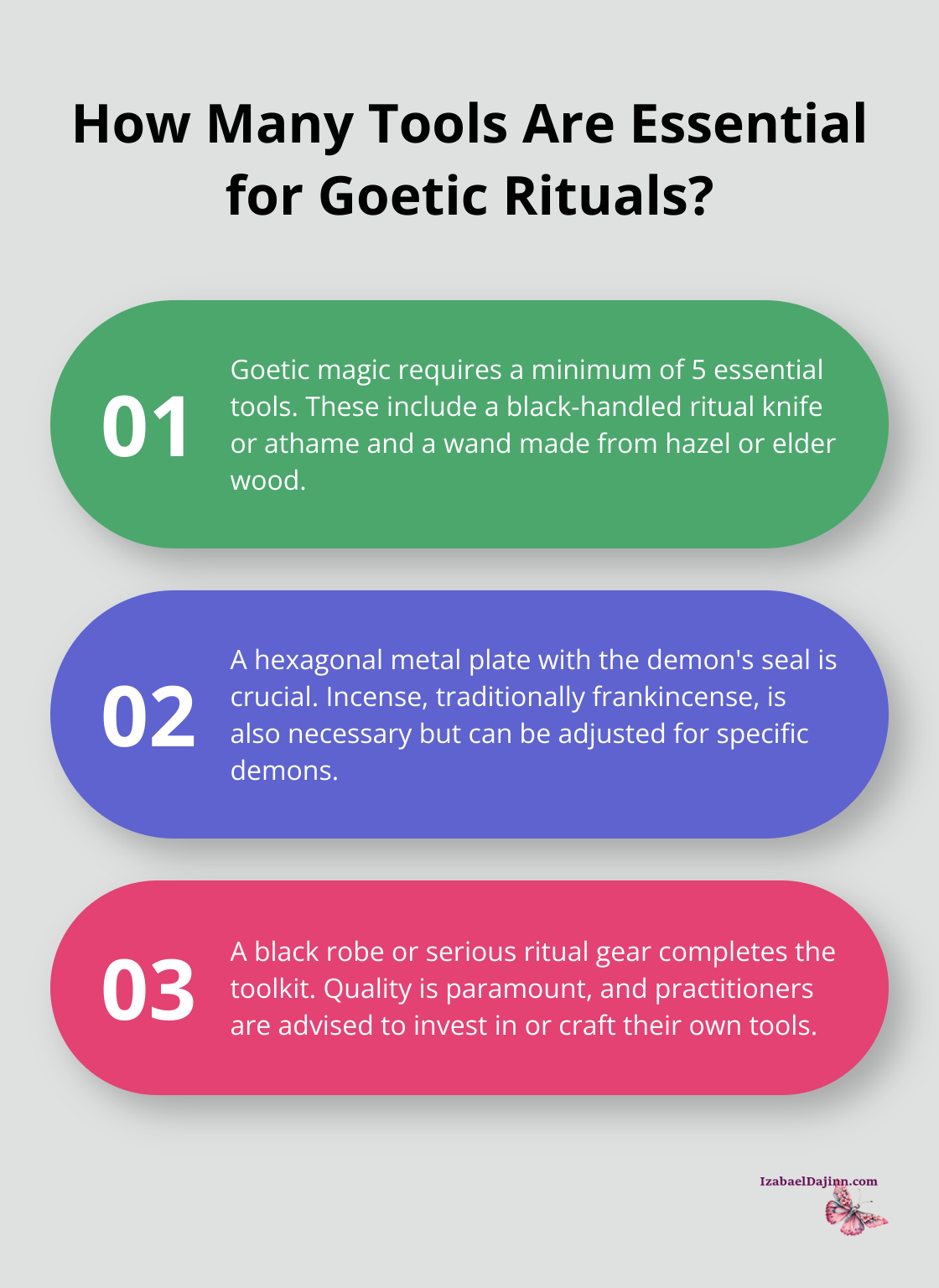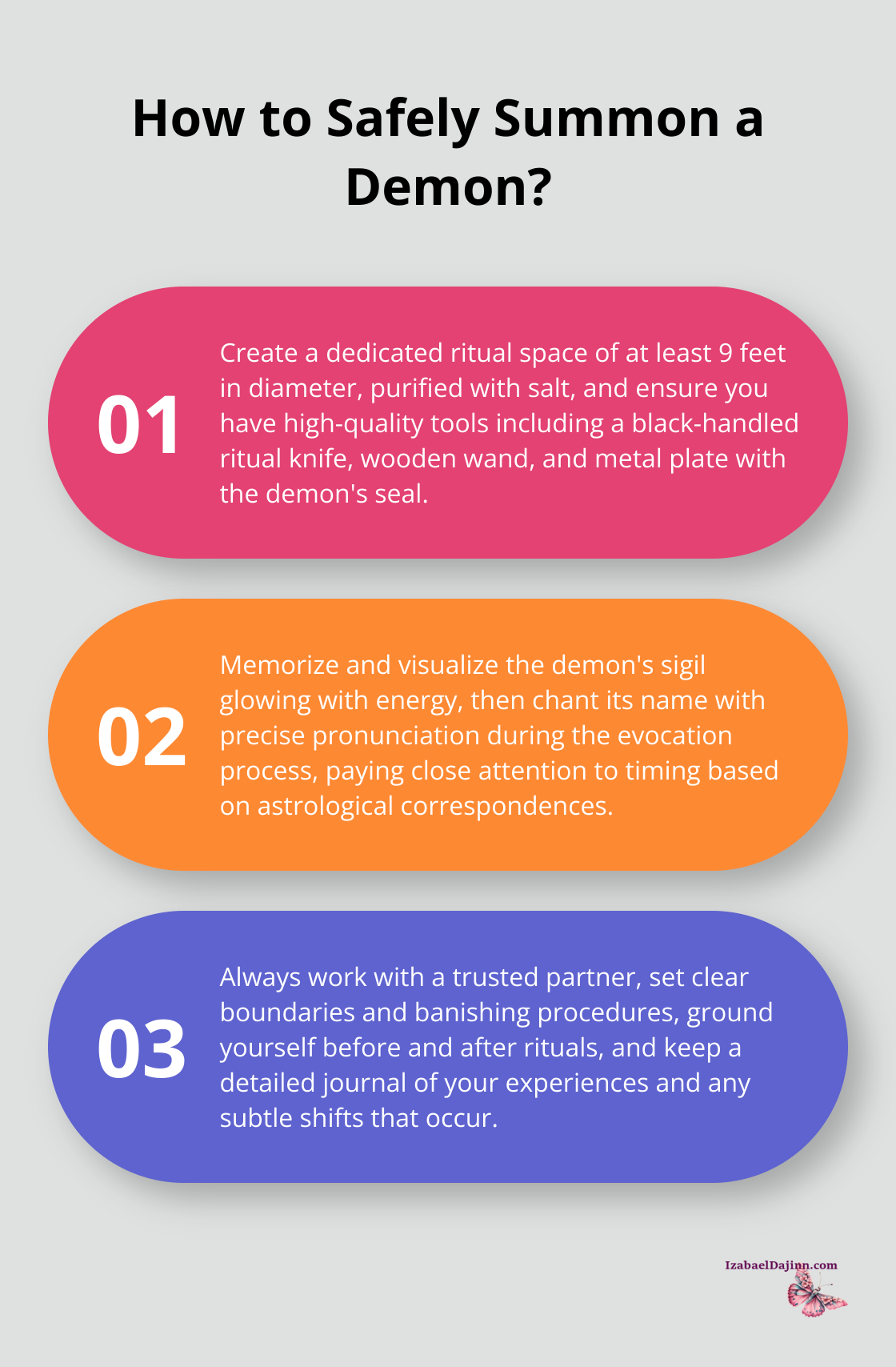Unveiling the Lesser Key of Solomon: Goetia Explained
The Lesser Key of Solomon, a.k.a. Goetia — the grimoire that has obsessed occultists for centuries (and for good reason). At Izabael’s Occult Review, we’ve dissected this ancient text to lay bare its secrets and practical applications.
In this guide, we’ll dig into the origins, demons, and rituals of Goetia… including tips for anyone scouring for “The Lesser Key of Solomon: Goetia tiếng Việt” translations. Ethical considerations? We got you. Modern relevance for this magical system? We’re breaking it down.
Where Did the Lesser Key of Solomon Come From?
The Mystery of Its Origins
The Lesser Key of Solomon, aka Goetia-cue the spooky music-has a backstory as secretive as its rituals. Tradition says King Solomon wrote it, but modern scholars (you know, those folks who actually read stuff) think it’s a mix-n-match of texts from different eras.
Debating the Authorship
We’ve got manuscripts dating back to the 17th century, but the roots? Oh, they go deeper. Some parts dig all the way back to Jewish and Christian mystical traditions from the 1st century CE. That’s old… really old. This labyrinthine lineage? It gives practitioners a sort of historical warm fuzzy-context for their magic.
Shaping Western Occultism
The Lesser Key’s influence on Western occultism? Off the charts. It molded the practices of magical orders and lone practitioners alike. The Hermetic Order of the Golden Dawn (est. 1888)-yes, that one-decided to sprinkle some Goetia into their rituals. Aleister Crowley (that 20th-century occult rockstar) published his own take on the Goetia in 1904, cementing its place in the magical hall of fame.
Exploring Versions and Translations
Across centuries, the Lesser Key got more facelifts than… well, you get it. The Mathers-Crowley edition is still the go-to English version, but hey-there’s a little something for everyone. Want “The Lesser Key of Solomon: Goetia tiếng Việt”? There are Vietnamese versions online (accuracy might be iffy, though).

Thanks to a 2017 Pew Research poll, we know belief in spiritual energy jumped by 12%. Result? Fresh translations and takes on the text, each one adding a twist to modern magical practice.
Serious magic buffs should compare different versions-different strokes for different folks. The British Library has some OG manuscripts if you’re into old school research. And the Warburg Institute in London? A treasure trove for the history and meaning of texts like the Lesser Key.
Next up, we’ll dive into the world of the 72 demons, their rankings, and their superpowers. This intel? It’s crucial for grasping the practical side of Goetic magic, like the mystical symbols tied to each demon. Stay tuned, it’s about to get otherworldly.
Who Are the 72 Demons of Goetia?
The Lesser Key of Solomon, Goetia isn’t just some musty old tome… it’s a veritable GPS guide to 72 potent entities, each flaunting their own swagger and skillset. Buckle up, we’re diving into the nitty-gritty of their hierarchy, powers, and those nifty little sigils.
The Demonic Pecking Order
Forget corporate ladders-Goetia demons have a pecking order that makes the C-suite look like kindergarten. At the summit, you have the Kings: Bael, Paimon… these guys are the CEO types commanding respect-and a legion of lesser demons.

Next down the chain are the Dukes, Princes, and Marquises-think of them as your middle management. These guys are loaded with specialized skills and can be super valuable if you play your cards right.
At the bottom-yet still formidable-are the Presidents and Counts. Don’t be fooled by their titles; these demons are masters in their own realms.
Demonic Superpowers
Each demon in the Goetia isn’t just showing off-they’ve got superpowers. Bael? He’s your invisibility cloak. Foras? Mister Multilingual.
Asmodeus knows his way around arithmetic, astronomy, and geometry. Struggling with love life? Sitri’s got your back. Want to mess around with time? Vassago’s your demon.
These aren’t just parlor tricks-they’re heavy-duty tools that can seriously alter your trajectory. Tread carefully.
Sigils: Your Demonic Speed Dial
Every Goetic demon comes with its own bling-its sigil. Think of these as magical logos, direct lines to the big shots in the infernal world.
Crafting these sigils isn’t child’s play; it’s an art. It’s not just about scribbling… it’s about channeling your intent, your energy.
Pro tip: invest in top-notch art supplies if you’re serious about Goetic magic. A well-executed sigil? Could make or break your summoning game.
Engaging with these demons is no joke-it demands respect, preparation, and a crystal-clear grasp of the risks (and rewards). Stick around for the next section where we break down Goetic rituals, starting from your prep space to the essential tools you need for a successful summoning.
How to Perform Goetic Rituals
Alright, folks. Goetic magic-it’s not for the faint of heart. We’re talking respect, prep, and laser-like focus. This isn’t your weekend hobby; it’s dense, complex, and a bit dangerous if you’re just winging it. Let’s break down the essentials for those feeling brave.
Setting the Stage
First things first… the environment. Think more than just a few candles. We’re talking about a pristine, purified space. Pros use salt to mark a protective circle (9 feet minimum-don’t skimp here). Anything less… you’re gambling with your safety.

Timing? Oh, it’s big. The Goetia ties demons to astro vibes-you gotta get this right. Dig into these connections because they can make or break your ritual’s success.
The Summoning Process
Invocation vs. evocation-two different beasts. Beginners… stay clear of invocation. Picture someone trying to cross the ocean without knowing their doggie paddle.
For evocation:
- Memorize that demon’s sigil (burn it into your brain)
- Visualize it glowing with energy (like, really see it)
- Chant the demon’s name (get that pronunciation spot on)
Many folks claim the room goes cold or they feel a pressure change-consider it a sign your guest has arrived.
Essential Tools
Tool time-don’t skip this part. Your kit isn’t a Halloween prop set. You need:
- A black-handled ritual knife or athame
- A wand from hazel or elder wood
- A hexagonal metal plate with the demon’s seal
- Incense (go traditional with frankincense, but tweak it for the demon)
- A black robe or serious ritual gear
Quality matters. Plastic junk? Hard pass. Invest or DIY (the crafting can add some personal mojo).
Safety Precautions
Goetic magic isn’t flashy tricks for your buddies. Safety is non-negotiable:
- Don’t go solo-bring a trusted partner
- Set solid boundaries and banishing rules
- Ground yourself pre-and-post ritual
- Journal everything-track those big moments and subtle shifts
Ethical Considerations
Before you dive in, do a gut check:
- Is your request for the highest good?
- Ready for possible fallout?
- Tried every mundane route first?
Approach with respect and a growth mindset. Getting the mystical symbols down is key for any aspiring practitioner. Ready to level up? Dive in with reverence and aim for growth.
Final Thoughts
The Lesser Key of Solomon, particularly the Goetia, remains a juggernaut in modern occultism-yeah, it’s still a thing. Its staying power? Personal empowerment and spiritual growth. Practitioners these days reframe those dusty old texts through psychological and symbolic lenses, treating demons as facets of the human mind, not actual horned terrors.

So why does Goetia matter in our hyperactive world? Simple-people crave answers and control as life gets more chaotic. This ancient stuff? It’s a lifeline. Interest is skyrocketing, spawning fresh translations and interpretations. Folks are even making sure “The Lesser Key of Solomon: Goetia tiếng Việt” gets a makeover for broader audiences (though, let’s be real, nailing translation accuracy is still a hurdle).
Ethics in Goetic practice? Huge deal. The mojo in these rituals? Not to be taken lightly. At Izabael’s Occult Review, we get it-the allure, the intricacies. So, we offer a variety of mystical practices that aim to level up different areas of life, all while hammering home the need for reverence, serious prep, and ethical considerations.






